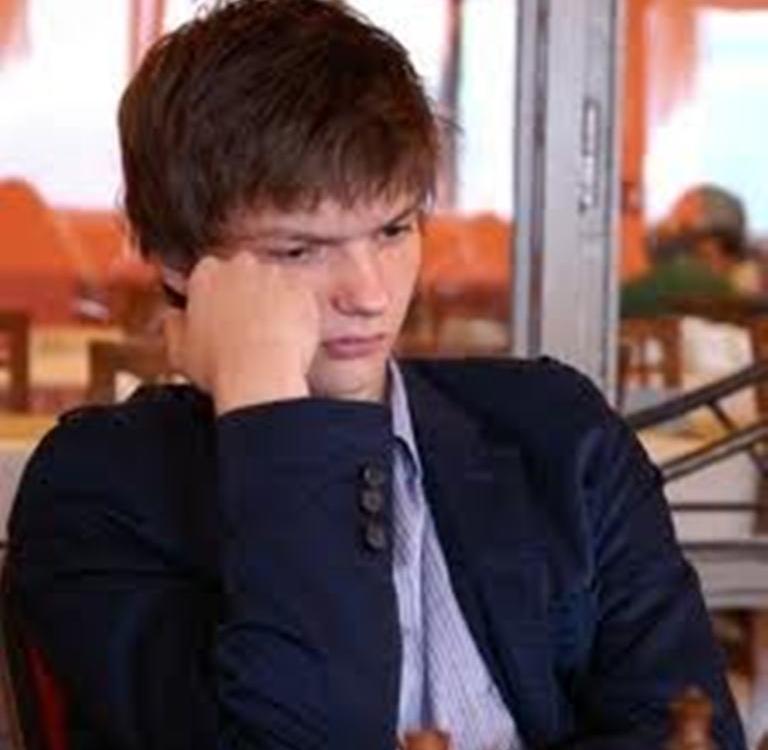
How to evaluate a position?
How to evaluate a position?
In this article I would like to cover a topic or even a skill which is very important for practically every chess player. I really like asking my students one little question: "How do you evaluate a position?". In many cases their answer sounds like: "Yyy" or "What do you mean?". The reason for such answers is very easy, great many people calculate countless variations in their thinking process not even realising that there is nothing to calculate in lots of positions. Instead of losing precious time trying to find a tactical way to win, it's very useful to learn quite an easy method of evaluating a position which allows not only to look at a certain position from a different point of view but also to create a successful plan. Hopefully, this piece of work will show you how to change the way you think or improve your evaluating skills which will eventually become a cause of your progress. Enjoy!
First of all, it was Steinitz (the first World Champion and an outstanding theoretician), who was the first to realize that the base of every plan is the evaluation, which in turn is mainly based on the comparison of positional factors. The correct and objective evaluation makes creating the right plan easier. On the other hand, an incorrect evaluation is likely to make our planning process become a failure.
When evaluating the position, our aim is not only to ascertain the site that has the advantage. It’s also to predict the upcoming events, any future changes of the positional factors. We also have to evaluate the positions that may appear on the board after particular lines are played.
Generally we could divide the evaluation into 3 stages:
- Material evaluation (as simple as it looks - who does the material advantage belong to)
- Evaluation of positional factors (a comparison of relevant positional factors that have appeared in a certain position)
- Estimation of tactical motives of the position (it's highly important not to forget about the tactical possibilities that may be helpful for both sides to achieve their strategic goals)
A chess player should be capable of breaking down the position. Comparing the pros and cons he should estimate who’s position is more comfortable. The most actual classification of positional factors looks like this:
Positional Factors can be divided into:
- Static (those which are less likely to change during a long period of time)
- Dynamic (those which may change constantly)
Static Positional Factors
- Material
- Kings' safety
- Weaknesses
- Bishop pair
- Queens' existence
Dynamic Positional Factors
- Development
- Pawn structure
- Pieces' placement
- Files & diagonals
Of course when we evaluate a position we have to take under consideration both groups of factors, so even if the position is very solid and static it’s highly important not to underestimate the possibility of the change of the character of that position. Moreover, the static factors are likely to be long-term and in most cases they cannot be changed in few moves (weaknesses, bishop pair), whereas the dynamic ones such as development or position of pieces can change constantly. The main problem is to answer the question: to what extent these factors are important? Sometimes a bad position of one’s king may be so overwhelming that we don’t even look at other factors as we simply have the feeling of “there has to be mate somewhere”. Some factors never appear on the board because of the opening stage of the game e.g. bishop pair when bishops were exchanged.
Ok, how about we finish this boring theory and try to get some action?!
When evaluating this position, several factors are obvious:
1.black's lead in development
2.black's bishop pair
3.white's whole constellation of light-square weaknesses
A following conclusion comes to mind. White's position is worse and he should immediately start strengthening his position by playing 18.Be3 followed by long castle. Castling short seems to be risky in view of black's advanced kingside pawns and a perfectly placed batterly along h2-b8 diagonal. Still, it would have been a better move than the one which white decided to play basing on a wrong evaluation or even without making one.
Let's try to evaluate this position:
1.White's having a bishop pair
2.Black has 2 extremely active pieces, the rook on an open b file and the bishop placed on the longest diagonal. The knight on d4 will be forced to retreat.
3.The pawn structure is not symetrical. Theoretically, black has a potential weakness - the isolated a pawn. On the other hand, it can be used as a battering ram which will crush the queenside pawn structure.
The same position was once more the case of Najdorf's game. This time, Geller was his opponent and as it turned out soon, he was the one who did his homework better.
As You can see, the evaluation may have a big impact on making correct OTB choices. Especially, the second example proved that realising which factors are crucial for the success of a plan is a highly important matter. I hope you enjoy reading this article as it's the first one I wrote on chess.com. To be continued...






